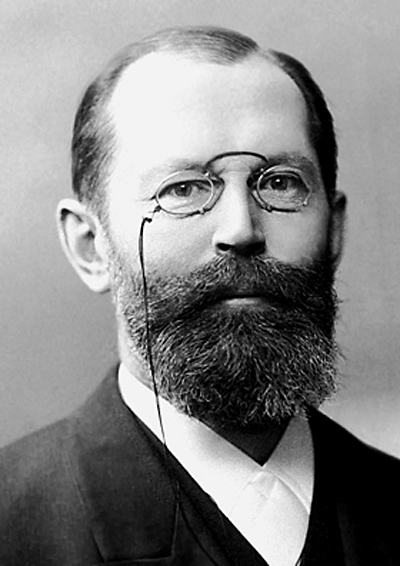
History of xylitol

Emil Fischer, a German chemistry professor, and his assistant Rudolf Stahel isolated a new compound from beech wood chips in September 1890 and named it Xylit, the German word for xylitol. The following year, the French chemist M.G. Bertrand isolated xylitol syrup by processing wheat and oat straw.
- Mäkinen KK (June 2000). “The rocky road of xylitol to its clinical application”. Journal of Dental Research. 79 (6): 1352–5. doi:10.1177/00220345000790060101. PMID 10890712. S2CID 31432699.
Sugar rationing during World War II led to an interest in sugar substitutes. Interest in xylitol and other polyols became intense, leading to their characterization and manufacturing methods.
- Ur-Rehman, S.; Mushtaq, Z.; Zahoor, T.; Jamil, A.; Murtaza, M.A. (2015). “Xylitol: A review on bio-production, application, health benefits, and related safety issues”. Critical Reviews in Food Science and Nutrition. 55 (11): 1514–1528. doi:10.1080/10408398.2012.702288. PMID 24915309. S2CID 20359589.
- Hicks, Jesse (Spring 2010). “The pursuit of sweet”. Science History. Science History Institute.
See also
Wikimedia Commons has media related to Xylitol.
| E numbers 950–969 |
|---|


Leave a Reply